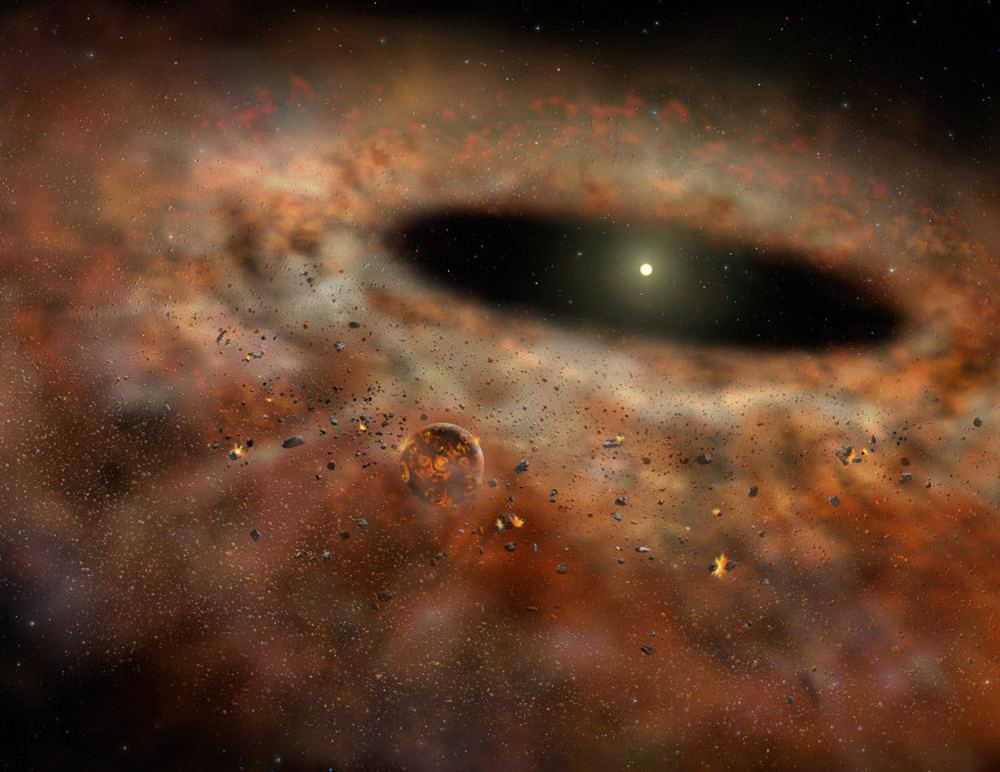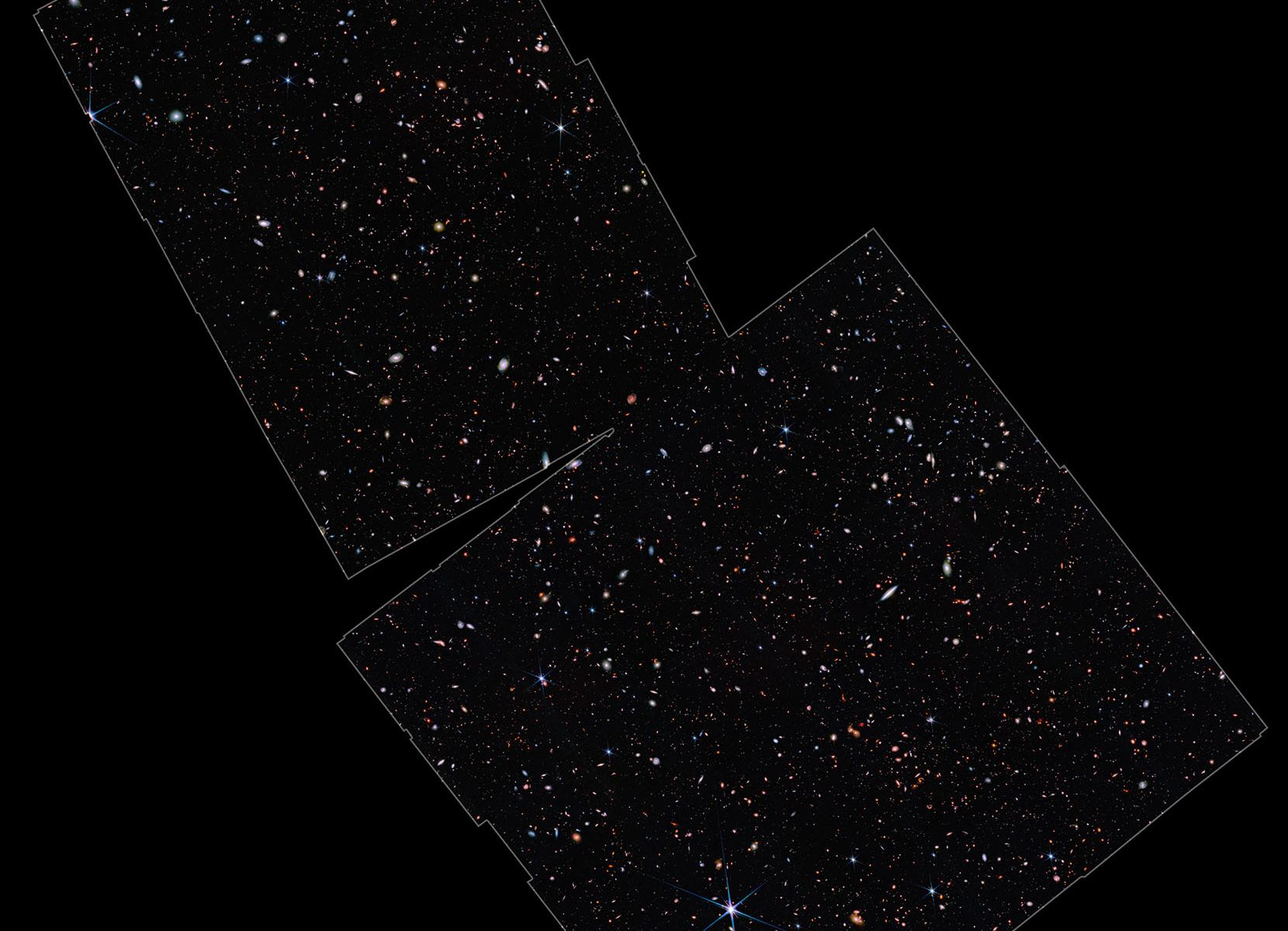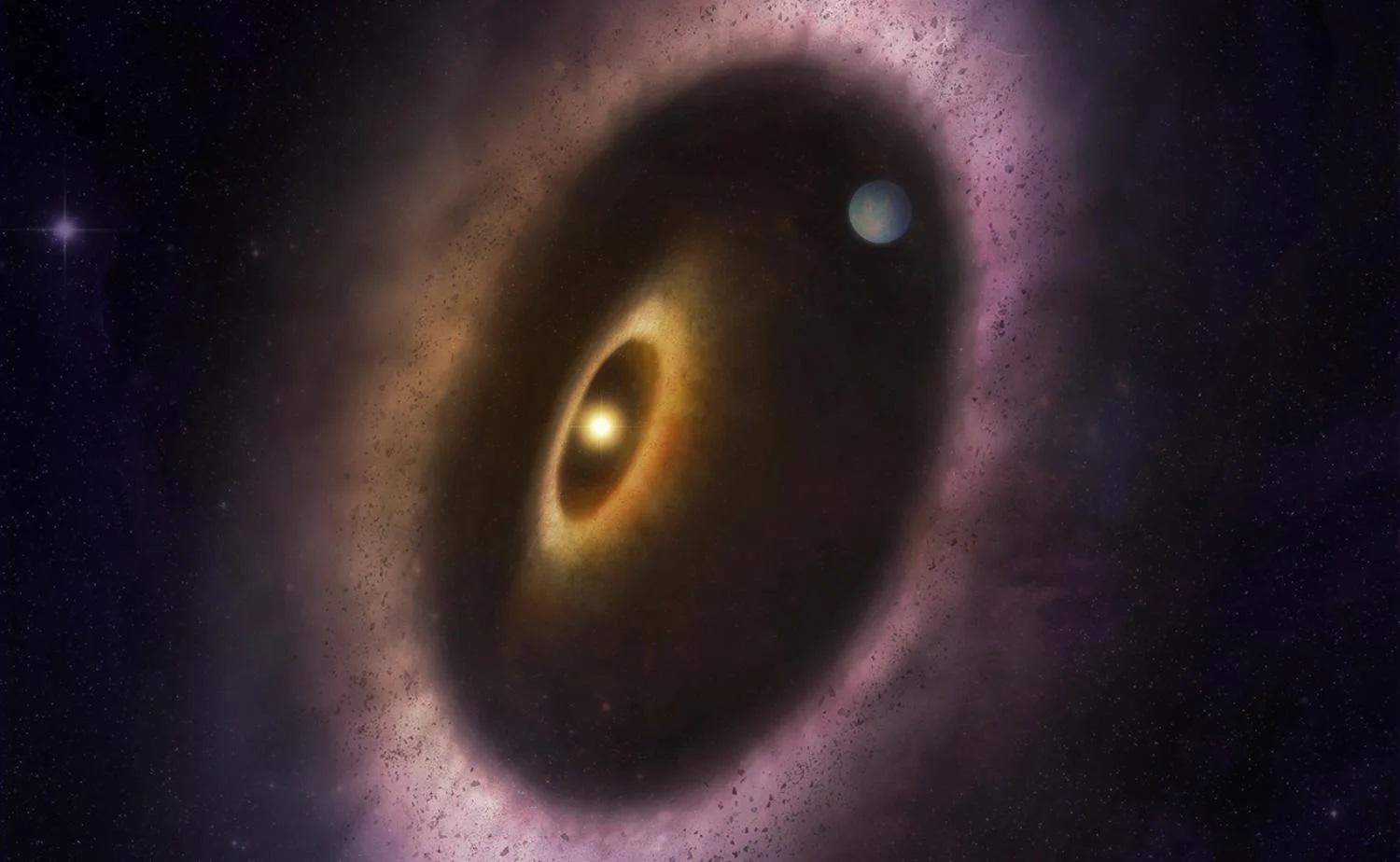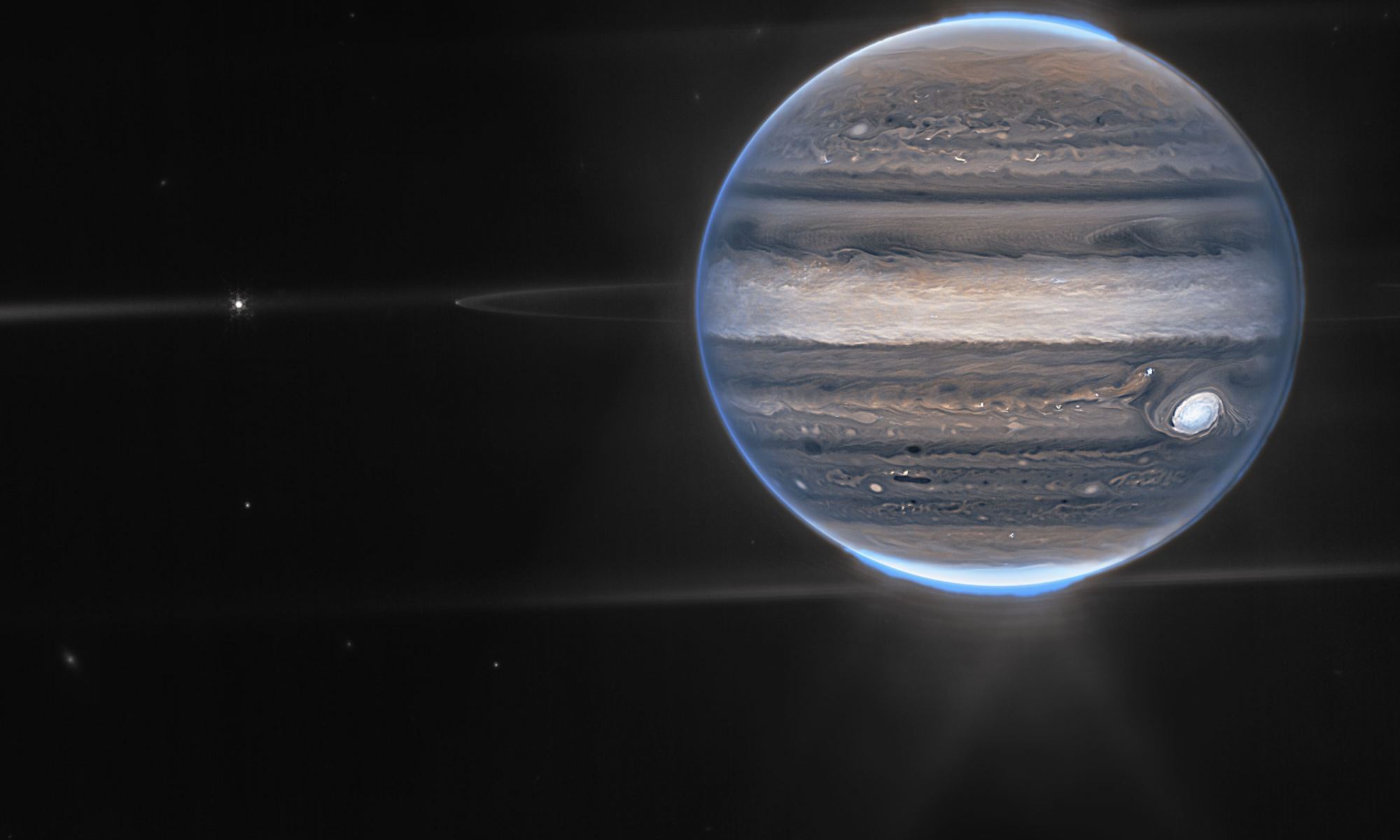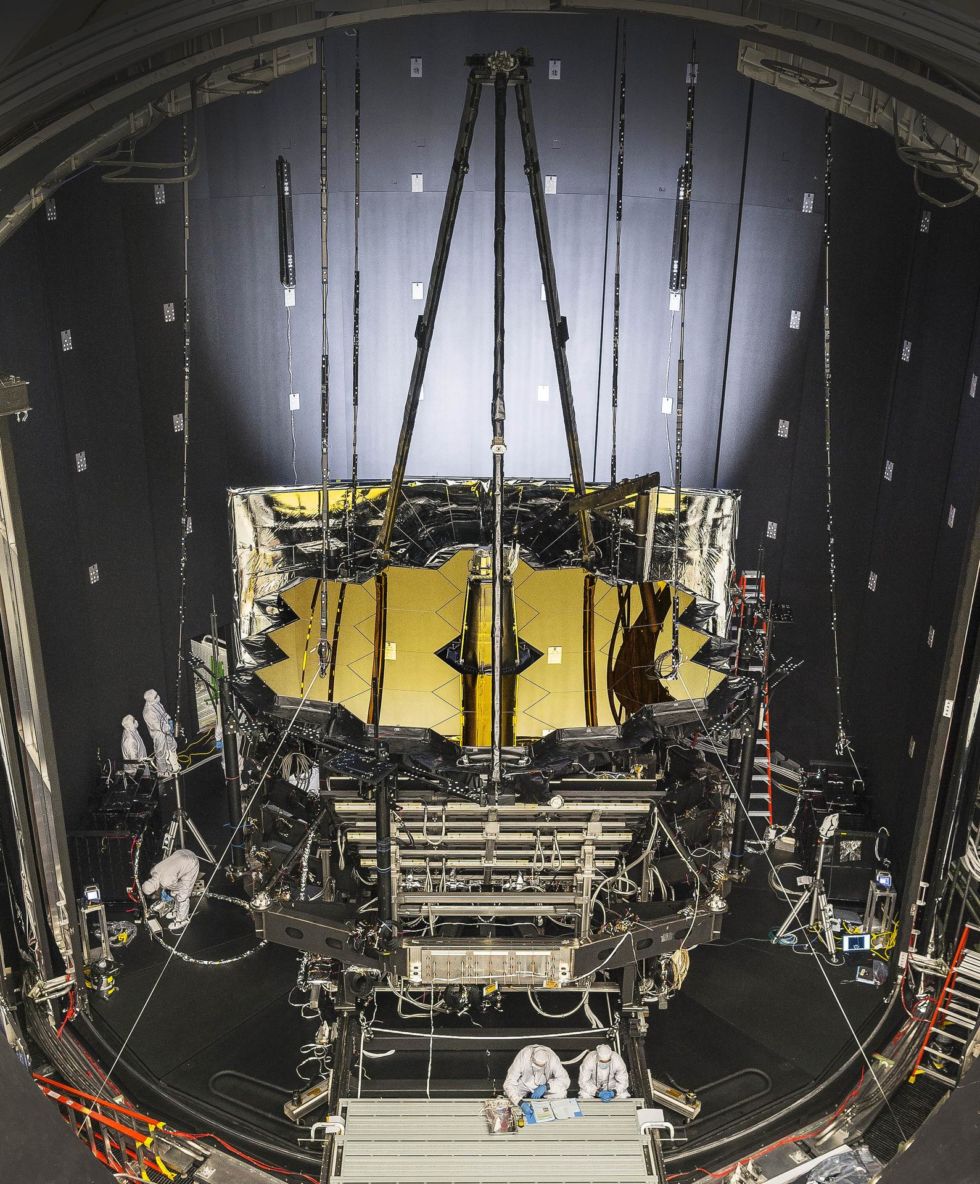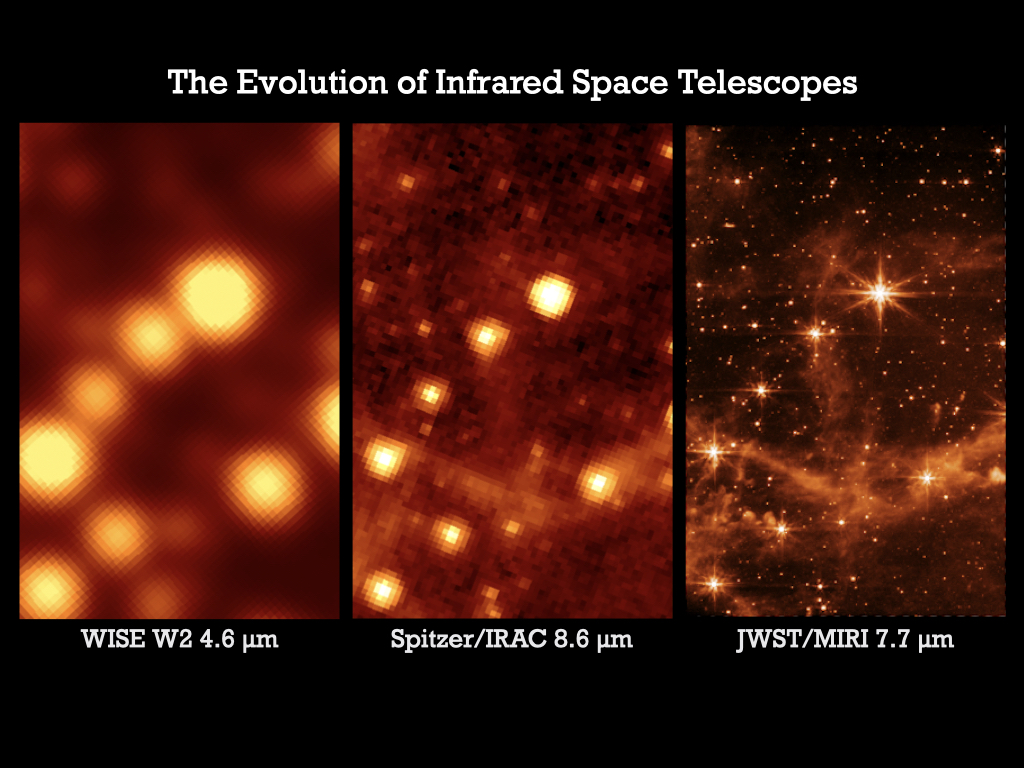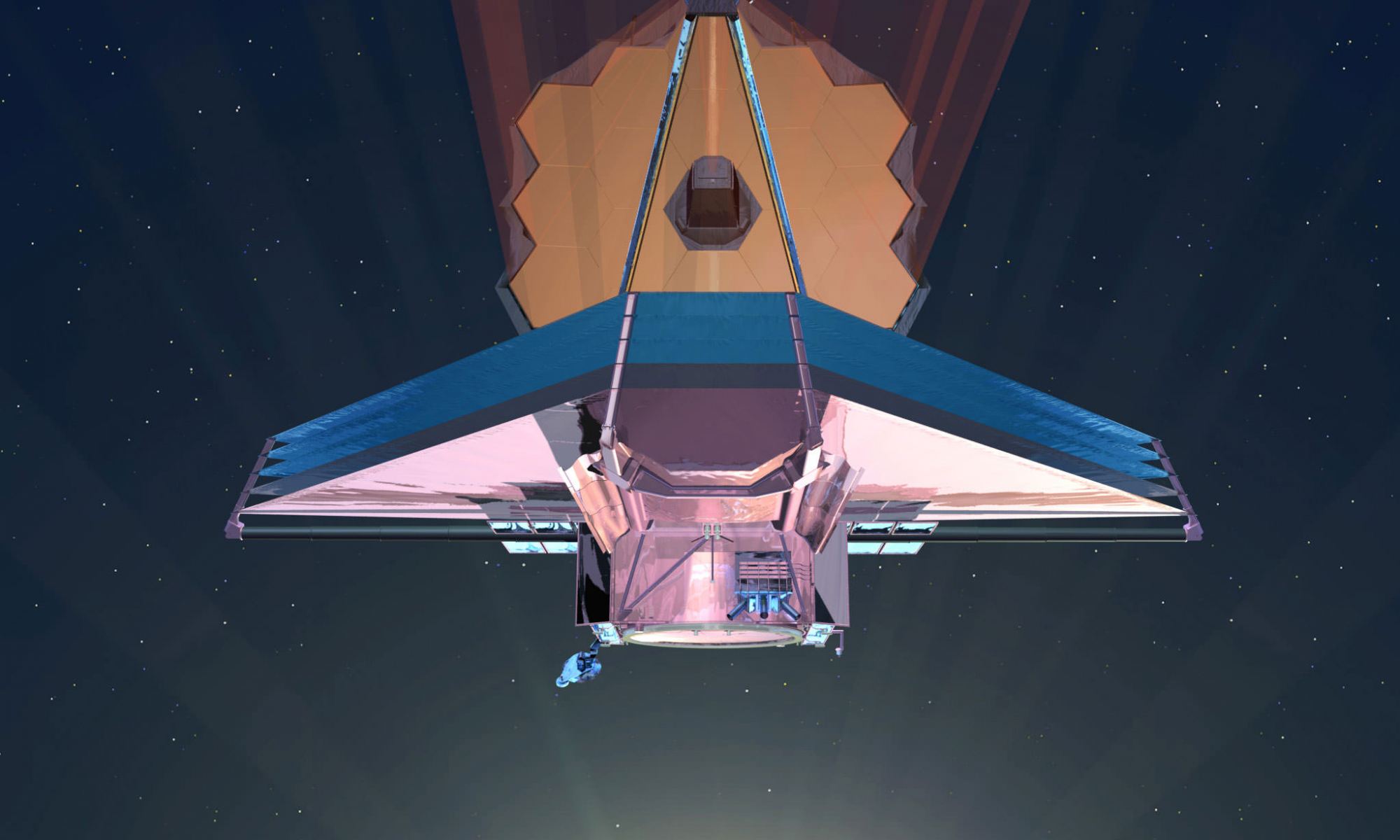The ancients didn’t have the scientific understanding of nature that we have now. All they could do was look up at the night sky and wonder, which isn’t a bad way to spend time. Part of understanding something is naming it, and when the ancients looked up at the patterns in the stars, they gave them simple names based entirely on their appearances. That’s likely how the Greeks named the constellation Serpens: it looks like a snake, so they called it that.
The Greeks lacked astronomical telescopes, so they never saw any of the rich detail in Serpens that a new image from the European Southern Observatory reveals.
Continue reading “This Serpent’s Tail is Made of Starry Nebulae”

